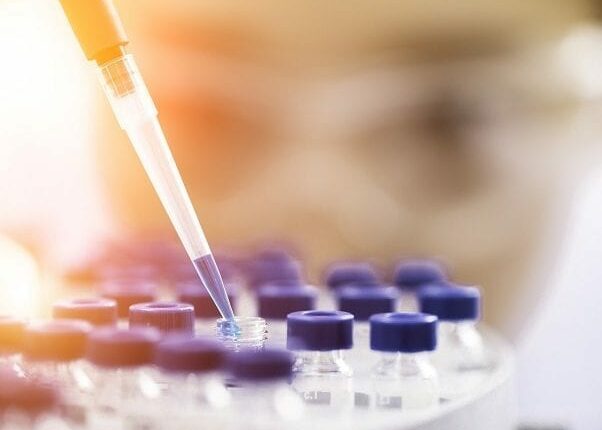Let’s power-up your statistics: Master your statistics, from protocol to publication: Excelya’s expert statisticians and programmers are ready to make sure reporting and analysis propel your study.
Statistics and biostatistics are central to your clinical trial, from planning and protocol through the study to publication and post-marketing pharmacovigilance.
Regulatory authorities need certain statistical information to approve your trial application, you generate biostatistics throughout the trial, and you need accurate, unbiased analyses to understand the results and get your intervention to those who need it.
With the support of our statistics experts, you can make sure you have the information you need at every stage of your trial.
At Excelya, we understand your information needs, and our experts are committed to ensuring your statistical analysis delivers error-free and unbiased results.
Our international team of 150 biometrics experts, including statisticians and statistical programmers, have an average of 10 years’ experience analyzing data for clinical studies across all phases and multiple therapeutic areas.


Numbers form the foundation of your study, and when you work with Excelya, we share responsibility to ensure your data is accurate and unbiased. We will make sure you have all the statistical information you and your stakeholders need at every stage, from regulatory submission to publication.
Our technical experts take care of your data: applying the experience gained across 20 clinical trials in 20 countries over the last four years, Excelya’s specialists can support complex, adaptive and Bayesian trial designs and have expertise in programming on SaaS software, R and informatics.
Whatever our task, we work transparently, accounting for every data point. With our harmonized processes and common platforms we can ensure your clinical analysis is consistent and reliable. And we harness the power of technology to make sure the programming works for you.
Our biostatisticians take a flexible approach to your project, giving you the tailored support you need. The Excelya team can integrate fully with yours, supporting you with statistical tasks throughout the life of your clinical trial.
Design Phase – We help you map out what the study will look like from a statistical perspective, including considering what data needs you’ll need to capture, what the treatment arms will look like and whether you need any adaptive designs. Our expert biostatisticians can calculate your sample size, conduct a power analysis and create a statistical analysis plan, helping you build your trial on strong statistical foundations and optimize your trial design.
Conduct Phase – Our biostatisticians aim to ensure there is no bias in your study, and we can conduct interim analyses. We work closely with our Data Management teams throughout to maintain the integrity of your data. We can help determine whether your study will be blinded or unblinded, and we also work with independent data review and safety committees (such as iDMC, DSMB and SRC) to monitor the safety of your study.
Closing Phase – Excelya’s experts support your team through the closing phase by guiding the interpretation of results and deliverables to ensure that the medical conclusions you draw are aligned with the data your study produced.


HIGHLY KNOWLEDGEABLE

STABLE TEAM

MATURE PROCESSES

With Excelya, you can tap into our 40 years’ experience with statistics. We have a selective recruitment process to ensure a high caliber of team members – our statisticians and programmers all have advanced degrees. We also have internal onboarding and training plans that ensure low turnover and longevity on projects, so we won’t change your expert team. This means you can build knowledge and efficiencies, feeding value back into your project.
Our specialist statisticians and programmers become a part of your team, applying their expertise and knowledge at every step of your clinical trial. We will help you interpret data, giving you actionable insights that accelerate decision-making and improve the quality of your submissions.
When you work with Excelya, we integrate into your team and apply our experience to ensure the integrity of your data. We take a one-team approach and put your needs first, which results in strong long-term relationships – we have been managing the statistics and programming element of some clients’ trials for more than 25 years.
With Excelya, you can tap into our 40 years’ experience with statistics. We have a selective recruitment process to ensure a high caliber of team members – our statisticians and programmers all have advanced degrees. We also have internal onboarding and training plans that ensure low turnover and longevity on projects, so we won’t change your expert team. This means you can build knowledge and efficiencies, feeding value back into your project.
Our specialist statisticians and programmers become a part of your team, applying their expertise and knowledge at every step of your clinical trial. We will help you interpret data, giving you actionable insights that accelerate decision-making and improve the quality of your submissions.
When you work with Excelya, we integrate into your team and apply our experience to ensure the integrity of your data. We take a one-team approach and put your needs first, which results in strong long-term relationships – we have been managing the statistics and programming element of some clients’ trials for more than 25 years.


Our expert statisticians can ensure your data is error-free and unbiased, so it can inform decisions that change lives.
• Study design and consulting
• Power analysis and sample size calculation
• Adaptive designs, Bayesian designs and randomization
• Statistical analysis plans, statistical analysis and meta-analyses
• Unblinded (interim) analyses for independent data review committees (iDMC, DSMB, etc.)
• Regulatory agency discussions
• Clinical study report review and support for publications
Our expert statisticians can ensure your data is error-free and unbiased, so it can inform decisions that change lives.
• Study design and consulting
• Power analysis and sample size calculation
• Adaptive designs, Bayesian designs and randomization
• Statistical analysis plans, statistical analysis and meta-analyses
• Unblinded (interim) analyses for independent data review committees (iDMC, DSMB, etc.)
• Regulatory agency discussions
• Clinical study report review and support for publications
